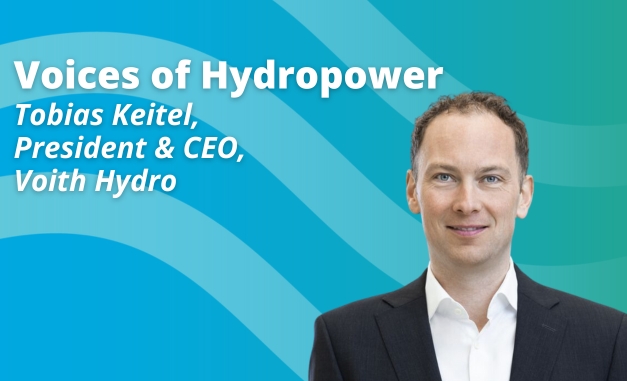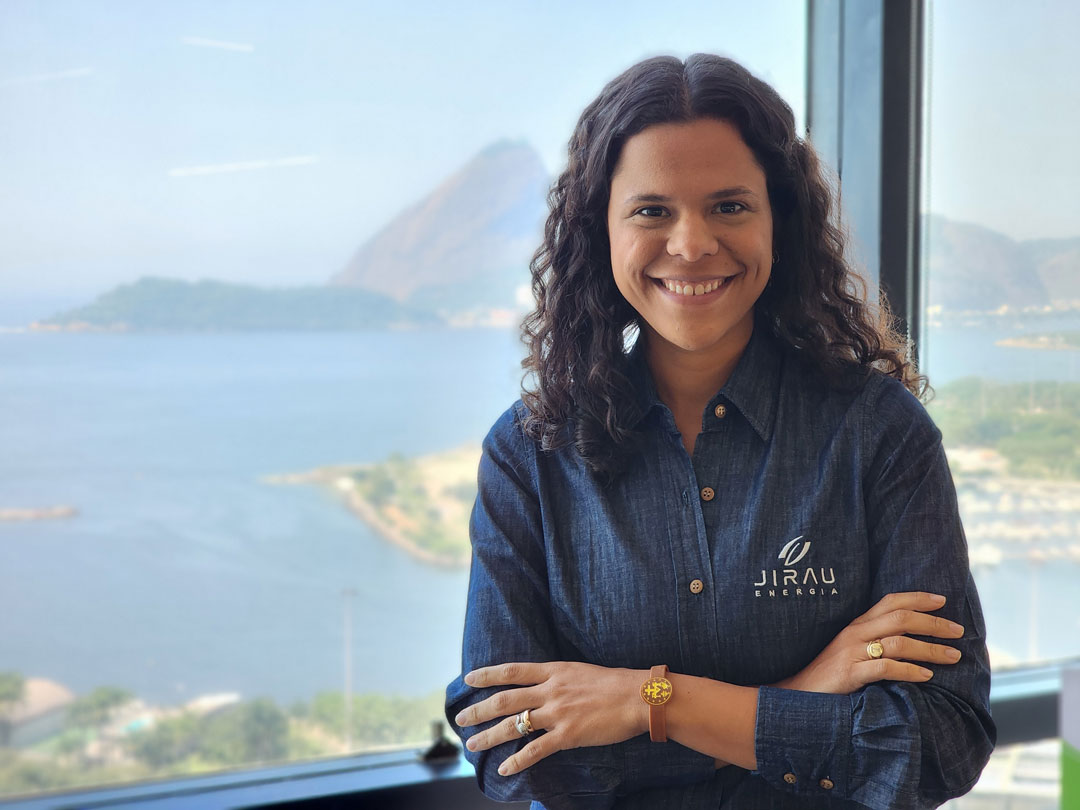The year in pictures: 2015
At the end of 2015 we can look back on a significant year for hydropower, from the gathering of the sector at the World Hydropower Congress in Beijing, to the crucial Paris Agreement at COP21. Here are just some of the highlights of our travels.
December: renewables working together in Paris

The landmark COP21 conference in Paris in December 2015 resulted in one of most significant international agreements in history, with wide-reaching implications for the hydropower sector. We attended the event, and teamed up with partner organisations representing other renewable technologies to host a side event on renewables working together. You can read more here.
November: building knowledge on climate resilience

In collaboration with the World Bank, in November we launched an ititiative to build knowledge on the resilience of hydropower and dams to climate change and natural disasters. As part of the initiative, we surveyed more than 50 organisations involved in hydropower development to assess perceptions of climate risk and resilience, and convened a workshop and a webinar on the topic. You can read more about the workshop outcomes here, and watch a recording of the webinar here.
October: sustainability assessment of Peru's Chaglla project published

The results of a Hydropower Sustainability Assessment Protocol assessment of the 456 MW Chaglla project were published in October, marking the first use of the protocol in Peru. The project scored well, achieving level 4 or higher on 17 of the 19 sustainability topics against which it was assessed. A score of 5 – the highest possible – represents proven best practice, while a score of 3 represents basic good practice. You can read more about the assessment here, and download the report in full at hydrosustainability.org.
September: Hydropower Status Report sheds light on new trends and development

The 2015 Hydropower Status Report, launched at the beginning of September, provides a comprehensive overview of recent development and trends in the sector around the world. The report also features case studies on hydrpower's role in the renewables mix, such as the world's biggest solar PV–hydro hybrid system at Longyangxia, China, which you can read more about here. You can download a copy of the full report in English, Chinese or French here.
August: world's second biggest hydropower station undergoes sustainability assessment

A team of assessors visited Brazil and Paraguay in August to conduct the first Hydropower Sustainability Assessment Protocol assessment of the 14,000 MW Itaipu hydropower plant. As part of IHA’s sustainability partnership with Itaipu Binacional, we provided a team of four accredited assessors to conduct the assessment. You can read more here.
July: macroeconomic study on hydropower in Europe published

A new macroeconomic study of hydropower in Europe, comprising the most comprehensive economic data set on the European sector available to date, was published in June 2015. Supported by IHA and Eurelectric, the study was conducted by a technical consultancy on behalf of 21 hydropower companies. You can read more about the study here, or download it in full here.
June: Ballots open in the IHA Board elections

Elections took place in June and July 2015 to decide the international representatives that will shape and direct our work over the next two years. You can find out the election results here, and details of the president and vice presidents selected to lead the 2015–17 work programme here.
May: the world hydropower community comes together in Beijing

The 2015 World Hydropower Congress took place on 19–21 May in Beijing, China, bringing together over 1,000 representatives of government, the finance sector, civil society, academia and industry to discuss a sustainable pathway for the future of hydropower. You can watch our short video here, providing a glimpse of the three days at the iconic Yanqi Lake complex.
April: first implementation of the Hydropower Sustainability Assessment Protocol in Africa completed

In April, a team of accredited assessors undertook an official assessment of a number of projects in Ghana using the early stage tool of the Hydropower Sustainability Assessment Protocol. The work marked the first use of the protocol in Africa, and aims to make an early identification of project risks and opportunities. The initiative is being led by the management entity of the Protocol (IHA) in collaboration with the Swiss State Secretariat for Economic Affairs (SECO). You can read more here.
March: hydropower's role in the water–energy nexus

At the end of March 2015, we travelled to Germany to take part in the Dresden Nexus Conference, organised the UN University FLORES. After the event, IHA chief executive wrote about the outcomes and the status of progress on the water–energy–food nexus. You can read his article here.
February: building knowledge on greenhouse gas emissions from hydropower reservoirs

At the end of 2014, we hosted a workshop at our London offices to build a better understanding of hydropower's greenhouse gas footprint and role in mitigation. In February 2015 we published this video on the workshop, in which scientists explained its objectives. The project has progressed significantly through the year; in December 2015 we hosted a webinar to introduce the G-res tool for screening reservoirs. You can watch a recording of the webinar here.
January: discussing the role of hydropower in Myanmar

Occupying the greatest land mass in south-east Asia, Myanmar is among the world’s biggest untapped territories for hydropower, with only 2.6 GW of its more than 100 GW potential having been developed. Together with the World Bank Group, in January 2015 we organised a workshop on sustainable hydropower and regional cooperation in the country. You can read our country profile of Myanmar here.
What are you biggest concerns for 2015? Tell us what is on your radar, and we can continue to shape our work programme around the most important issues for the sector.










